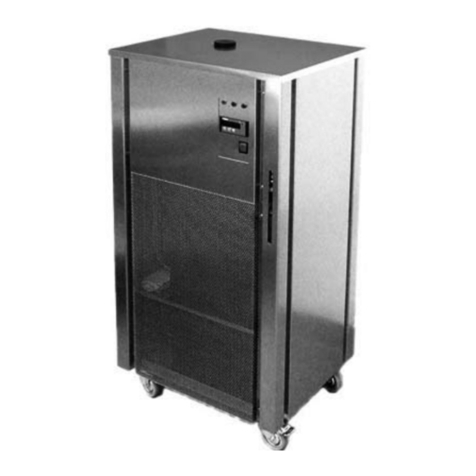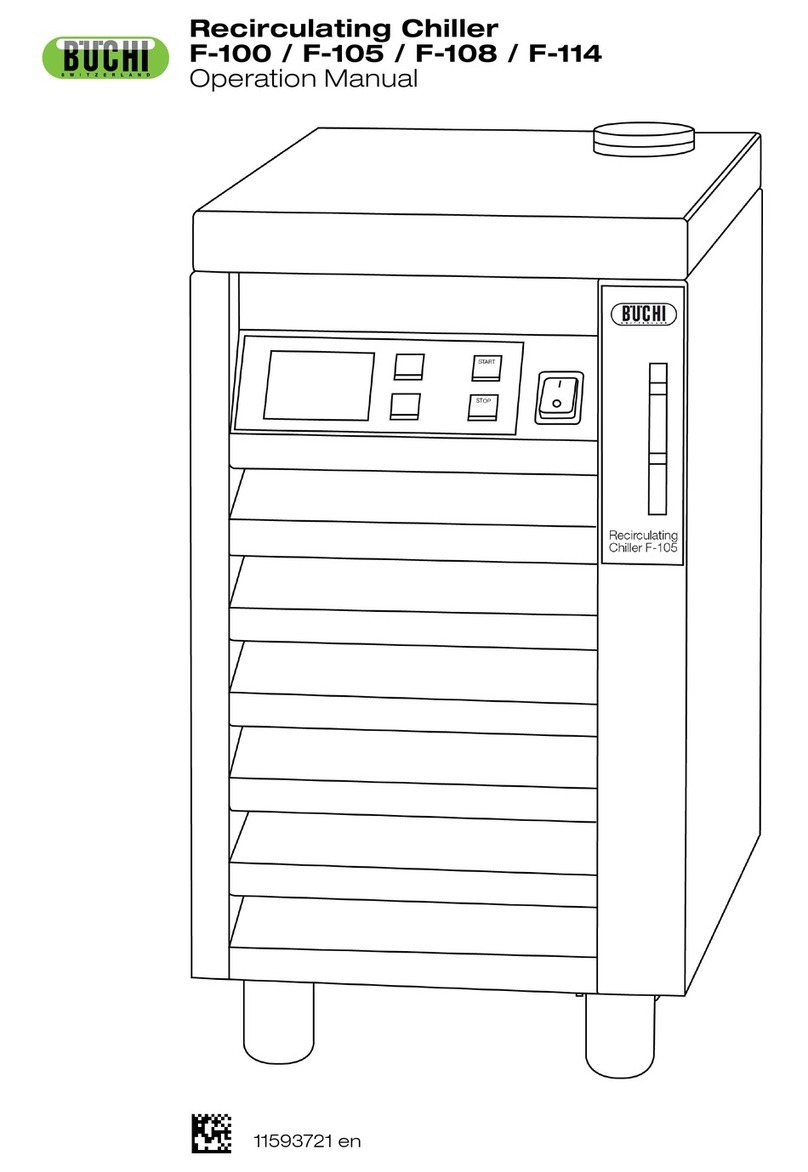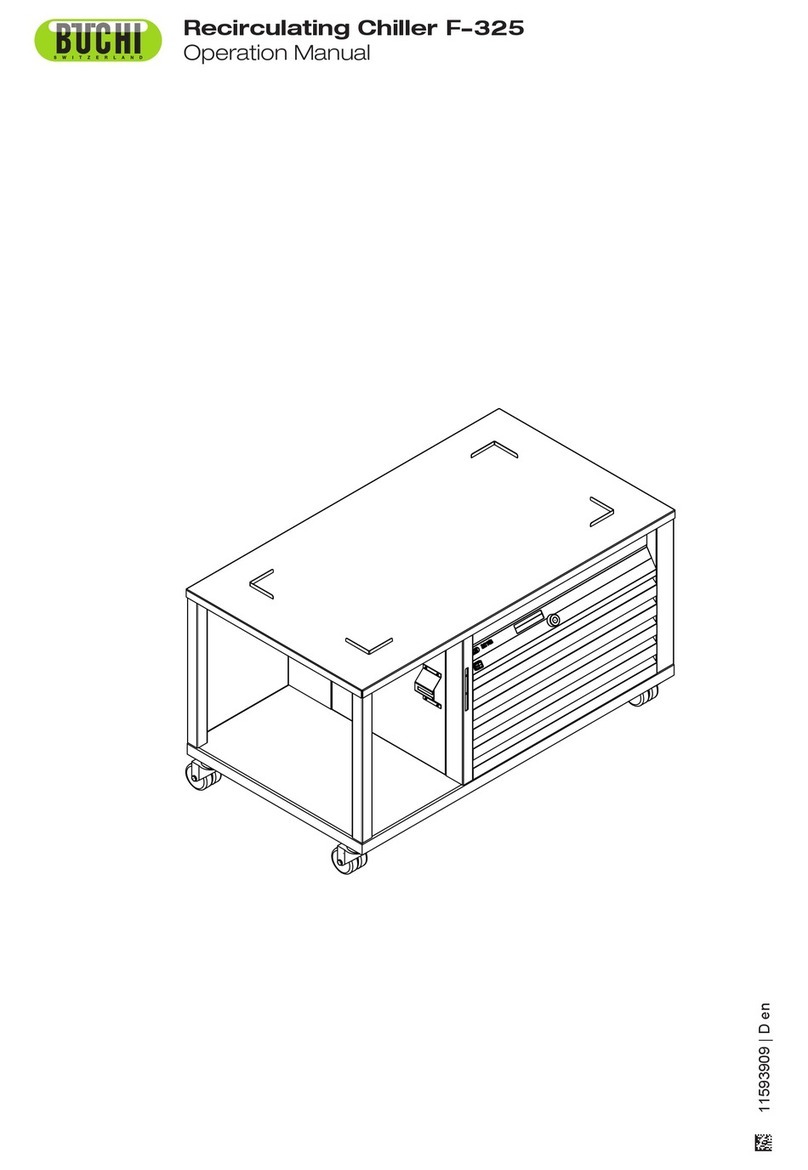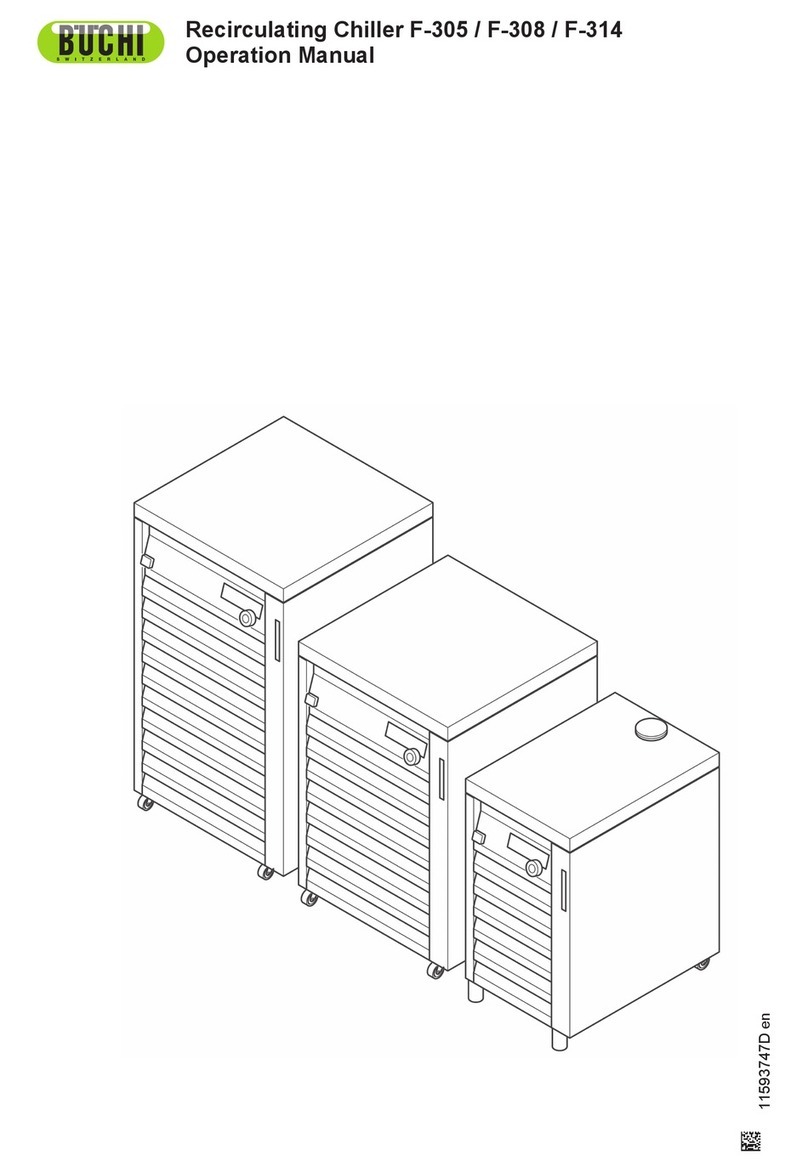Table of contents
1 About this manual . . . . . . . . . . . . . . . . . . . . . . . . . . . . . . . . . . . . . . .4
2 Safety. . . . . . . . . . . . . . . . . . . . . . . . . . . . . . . . . . . . . . . . . . . . . .5
2.1 User qualification . . . . . . . . . . . . . . . . . . . . . . . . . . . . . . . . . . . . 5
2.2 Proper use . . . . . . . . . . . . . . . . . . . . . . . . . . . . . . . . . . . . . . . 5
2.3 Improper use . . . . . . . . . . . . . . . . . . . . . . . . . . . . . . . . . . . . . . 5
2.4 Safety warnings and safety signs used in this manual . . . . . . . . . . . . . . . . . . 6
2.5 Product safety. . . . . . . . . . . . . . . . . . . . . . . . . . . . . . . . . . . . . .8
2.5.1 General hazards. . . . . . . . . . . . . . . . . . . . . . . . . . . . . . . . . . . . .8
2.5.2 Personal protective equipment . . . . . . . . . . . . . . . . . . . . . . . . . . . . . 9
2.5.3 Built-in safety elements and measures . . . . . . . . . . . . . . . . . . . . . . . . . 9
2.6 General safety rules . . . . . . . . . . . . . . . . . . . . . . . . . . . . . . . . . . 10
3 Technical data . . . . . . . . . . . . . . . . . . . . . . . . . . . . . . . . . . . . . . . . 11
3.1 Technical data . . . . . . . . . . . . . . . . . . . . . . . . . . . . . . . . . . . . 11
3.2 Materials used . . . . . . . . . . . . . . . . . . . . . . . . . . . . . . . . . . . . 12
4 Description of function . . . . . . . . . . . . . . . . . . . . . . . . . . . . . . . . . . . 13
4.1 Functional principle . . . . . . . . . . . . . . . . . . . . . . . . . . . . . . . . . 13
5 Putting into operation . . . . . . . . . . . . . . . . . . . . . . . . . . . . . . . . . . . . 15
5.1 Installation site . . . . . . . . . . . . . . . . . . . . . . . . . . . . . . . . . . . . 15
5.2 Electrical connections . . . . . . . . . . . . . . . . . . . . . . . . . . . . . . . . 17
6 Operation . . . . . . . . . . . . . . . . . . . . . . . . . . . . . . . . . . . . . . . . . . 18
6.1 Operating controls and housing . . . . . . . . . . . . . . . . . . . . . . . . . . . 18
6.2 Preparing for use . . . . . . . . . . . . . . . . . . . . . . . . . . . . . . . . . . 20
6.2.1 Installing the hoses . . . . . . . . . . . . . . . . . . . . . . . . . . . . . . . . . . 20
6.2.2 Filling the chiller . . . . . . . . . . . . . . . . . . . . . . . . . . . . . . . . . . . . 21
6.3 Start operation. . . . . . . . . . . . . . . . . . . . . . . . . . . . . . . . . . . . 21
6.4 No BUCHI vacuum controller connected to the system . . . . . . . . . . . . . . . 21
6.5 Working with BUCHI vacuum controller . . . . . . . . . . . . . . . . . . . . . . . 22
7 Maintenance and repairs . . . . . . . . . . . . . . . . . . . . . . . . . . . . . . . . . . 23
7.1 Customer service . . . . . . . . . . . . . . . . . . . . . . . . . . . . . . . . . . 23
7.2 General inspection and cleaning instructions. . . . . . . . . . . . . . . . . . . . . 24
8 Troubleshooting . . . . . . . . . . . . . . . . . . . . . . . . . . . . . . . . . . . . . . . 25
8.1 Error message display (only F-105) . . . . . . . . . . . . . . . . . . . . . . . . . 25
8.2 Malfunctions and their remedies. . . . . . . . . . . . . . . . . . . . . . . . . . . . 25
9 Shutdown, storage, transport and disposal . . . . . . . . . . . . . . . . . . . . . . . . 26
9.1 Storage and transport . . . . . . . . . . . . . . . . . . . . . . . . . . . . . . . . 26
9.2 Disposal . . . . . . . . . . . . . . . . . . . . . . . . . . . . . . . . . . . . . . . 27
10 Spare parts. . . . . . . . . . . . . . . . . . . . . . . . . . . . . . . . . . . . . . . . . . 29
10.1 Enclosed parts. . . . . . . . . . . . . . . . . . . . . . . . . . . . . . . . . . . . 29
10.2 Instrument configuration . . . . . . . . . . . . . . . . . . . . . . . . . . . . . . . 30
10.3 Spare parts, optional accessories . . . . . . . . . . . . . . . . . . . . . . . . . . 30































